












Edited and designed by John Morrow.
[left] After Charlton Comics published Bullseye #7, they changed the comic’s name to Cody of the Pony Express for issue #8. This first page of that issue featured Bullseye introducing Cody to readers—and then Bullseye was never seen again! The artist for this page is unknown; possibly Bill Draut or John Prentice.
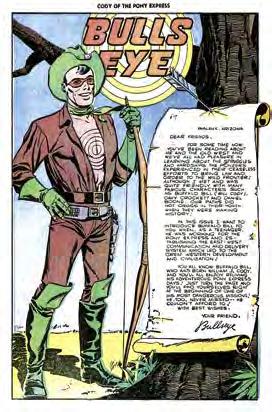
[right] An unused Police Trap #3 cover by Kirby.
[center] Other than its cover, Police Trap #4’s only Kirby art appears to be this inserted title page panel for the story “Fly Cop.” Jack would jump in when needed to juice up others’ stories and help meet deadlines.
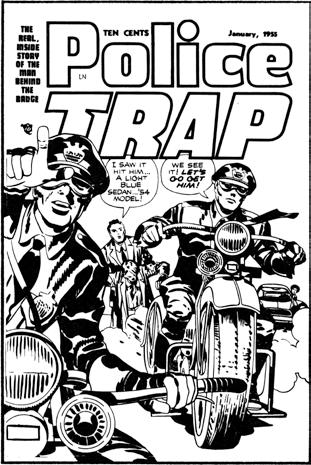
[bottom] An unused Foxhole #4 cover by Kirby, also shown on this book’s endpapers, along with the Foxhole #2 story “Walkie-Talkie”, with Jack Kirby script and Bill Draut art.

Art restoration and coloring by Christopher Fama who has our deepest thanks for his tireless efforts. TwoMorrows
ISBN: 978-1-60549-118-9 First
Editorial package © The Simon & Kirby Estates (defined below) and TwoMorrows Publishing, a division of TwoMorrows Inc.
Introduction © John Morrow. All Mainline Comics material and characters TM & © the Estate of Joseph H. Simon & the Rosalind Kirby Trust. All rights reserved. No portion of this publication, except for limited review use, may be reproduced in any manner without express permission from the publisher. We offer special thanks to Melissa Groben and Lisa Kirby for making this project a reality; to Richard Kolkman, Nick Caputo, Michael Vassallo, Tom Morehouse, and Harry Mendryk for their historical research; to Heritage Auctions; to Steve Robertson for supplying last-minute art; and to Christopher Fama for his patience through numerous revisions.
Note: the credits listed at right are as accurate as can be ascertained, since the Simon & Kirby studio used many other writers and artists on their Mainline books. Simon and/or Kirby may have uncredited contributions in these, and other Mainline stories not collected here.




Regardless of how well versed you are in comic book history, you’d be forgiven for not being familiar with Joe Simon and Jack Kirby’s Mainline Publications of the mid-1950s. So here’s an abbreviated account to get you up to speed.
Jack Kirby (born Jacob Kurtzberg on August 28, 1917) started work in the late 1930s drawing newspaper comic strips, before collaborating with Joe Simon (born Hymie Simon on October 11, 1913) on early comics such as Joe’s 1940 creation Blue Bolt. That same year, Simon accepted a position as the first editor at Timely Comics—later to be known as Marvel Comics—and brought Kirby on board. There, the duo earned a reputation as creative juggernauts with their first major co-creation, Captain America, in 1941. They went on to collaborate on every type of comic imaginable, churning out hit after hit during the 1940s. Kirby would plot and ink some stories, but was mainly responsible for penciling them, due to his prolific speed and skill at storytelling. Simon would pencil, ink, and write, but also had a remarkable knack for marketing their wares, and would handle most of the business deals for the team. During World War II, their Boy Commandos strip became DC Comics’ #3 seller (after only Superman and Batman), and 1947’s Young Romance pioneered the new genre of Romance comics, selling over a million copies per issue, and sparking an avalanche of copycat competitors.
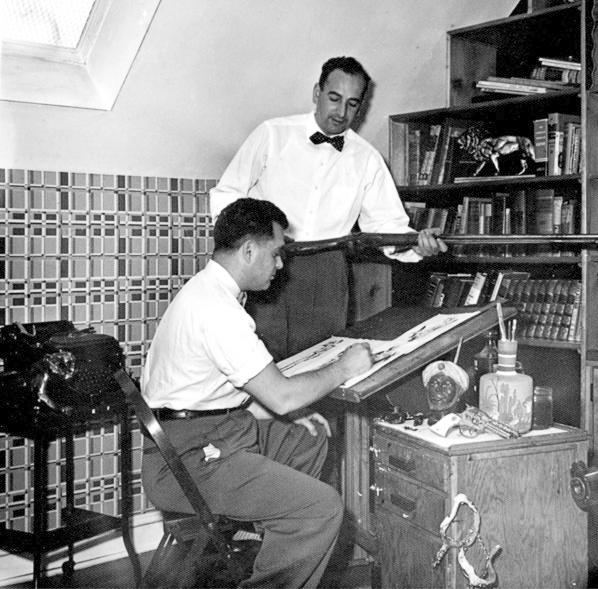
By the early 1950s, a backlash against comic books (led by psychiatrist Fredric Wertham) had begun to impact sales, and eventually led to a strict censorship code that gutted creativity and forced many companies to close. As Simon recalled in his autobiography The Comic Book Makers, “Comic book publishers were dropping out of the business in wholesale numbers. The printers grew frantic. It was a necessity of their business that the presses keep running. When the presses were silent, printing companies still had to pay overhead, so they were more than willing to back a new comics organization if it showed promise.”
Thus, by early 1954, with a generous line of credit from a printer, and growing families to house and feed, Joe and Jack set out to bring their well-known magic touch to their own publishing company. Sadly, it was short-lived—over a period of two years, Mainline published a grand total of just four comic book titles:
• Bullseye, Western Scout #1–5 (Charlton Comics published #6–7 after Mainline went under)
• Foxhole #1–4 (likewise, Charlton Comics published #5–7)
• In Love #1–4 (Charlton Comics published #5–6, then renamed it I Love You)
• Police Trap #1–4 (once again, Charlton Comics published #5–6)
These encompassed the most popular genres of comics of the day: Western, War, Romance, and Crime, respectively. At that point, super-heroes were passé, having faded out for the most part after World War II ended. Kirby would spark their resurgence in the 1960s at Marvel Comics, but spandex-clad heroes weren’t really on many people’s radar in the mid-1950s.

Simon and Kirby employed a small bullpen of Mainline staffers, including artists John Prentice, Mort Meskin, and Bill Draut, and writer Jack Oleck. They went to work creating some of the best comics of that period—but the highlights were stories that Kirby and/or Simon were directly involved in.
Mainline chose Leader News for distribution to newsstands— a seemingly smart move, since Leader also handled the popular EC Comics line of the day. But by 1954, that anti-comics fervor was rapidly consuming the American public. In an effort to counter attacks on their products, comic book publishers banded together to form the self-regulating Comics Code Authority. Jack Kirby recalled its effects during his Keynote Speech at the 1966 New York Comicon: “...I wasn’t much impressed with the Code because they used to make me take the tomahawks out of the hands of my Indians. They left me with a lot of smiling, violent Indians. All I can say is that the poses were classic. Everybody was




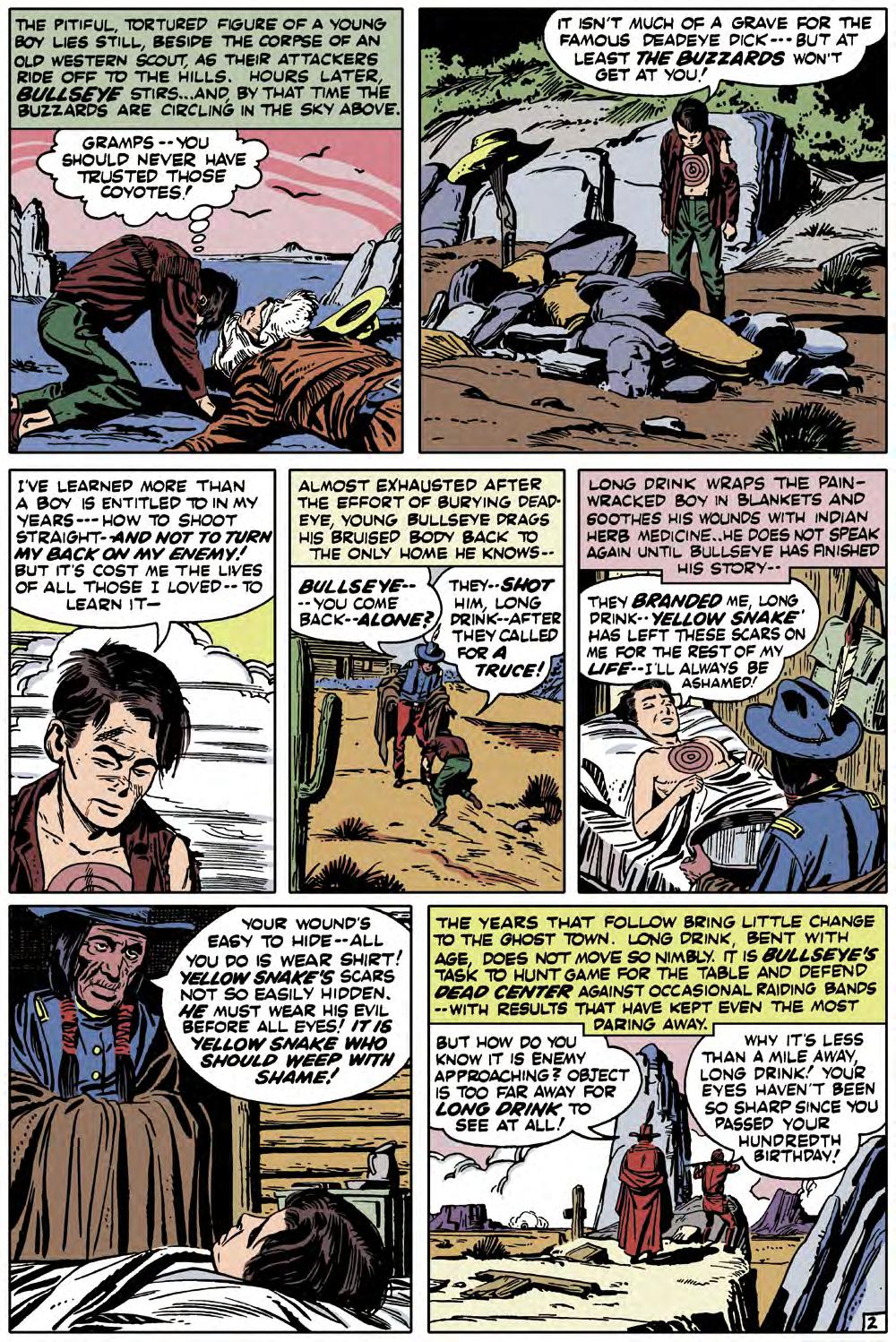




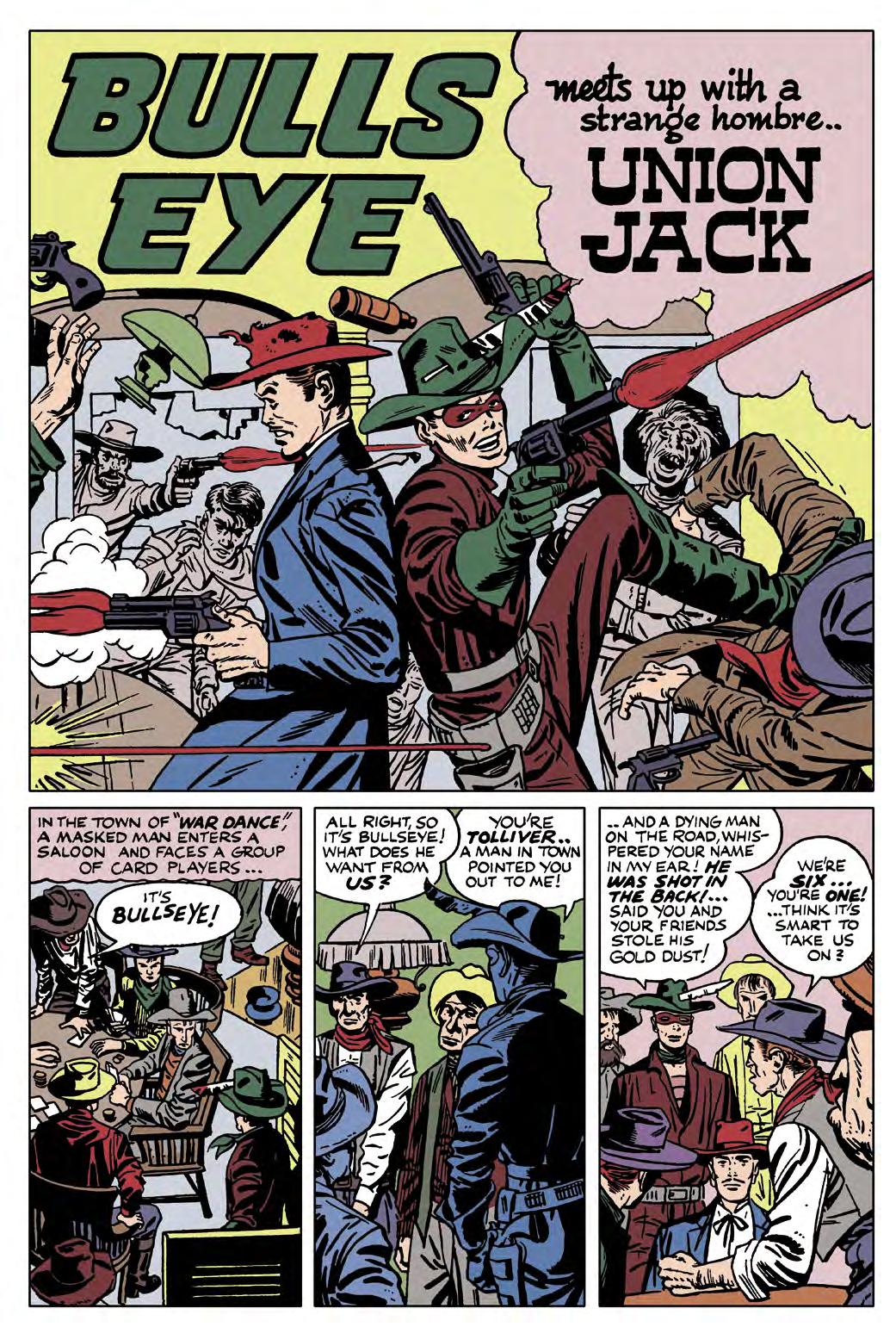




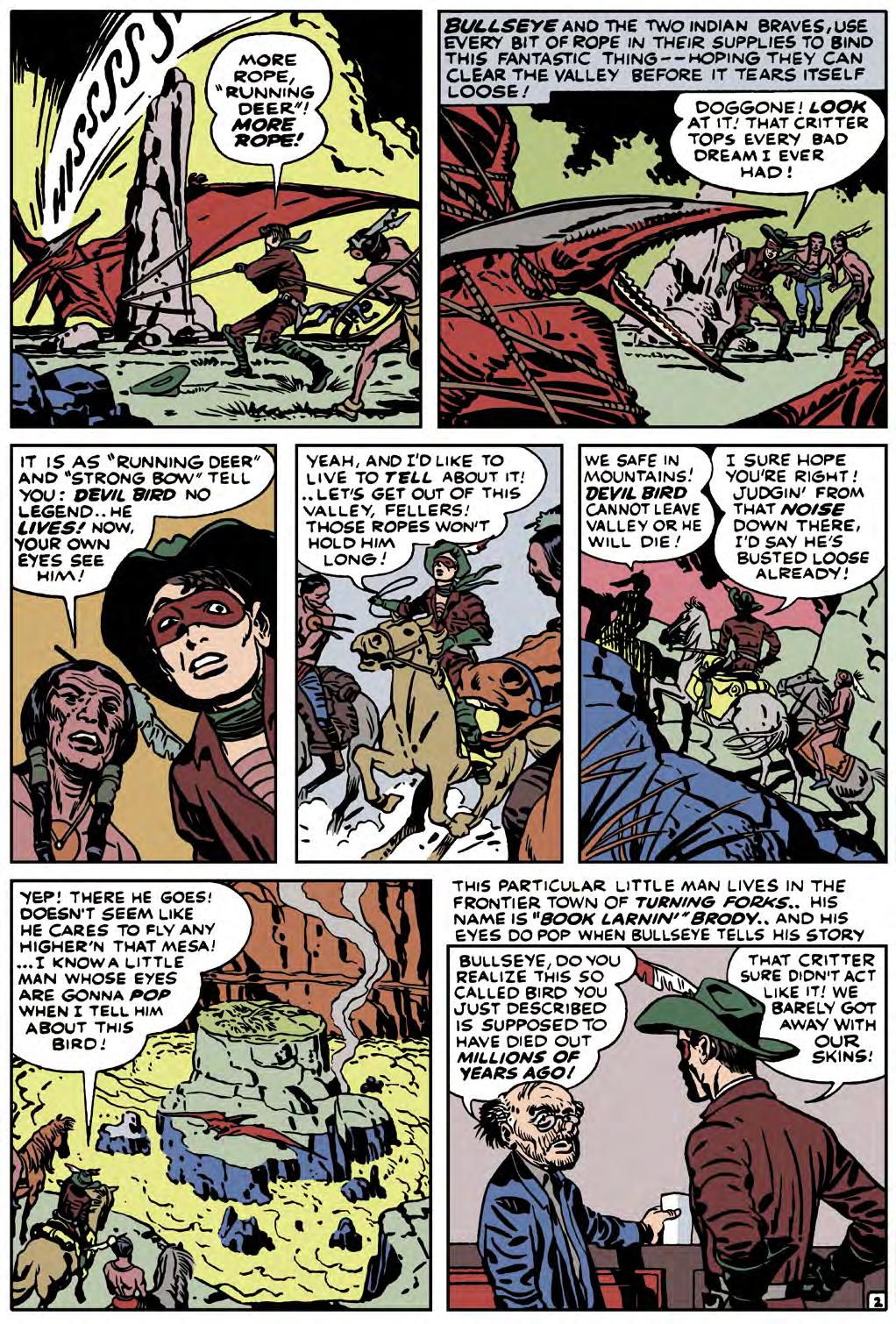





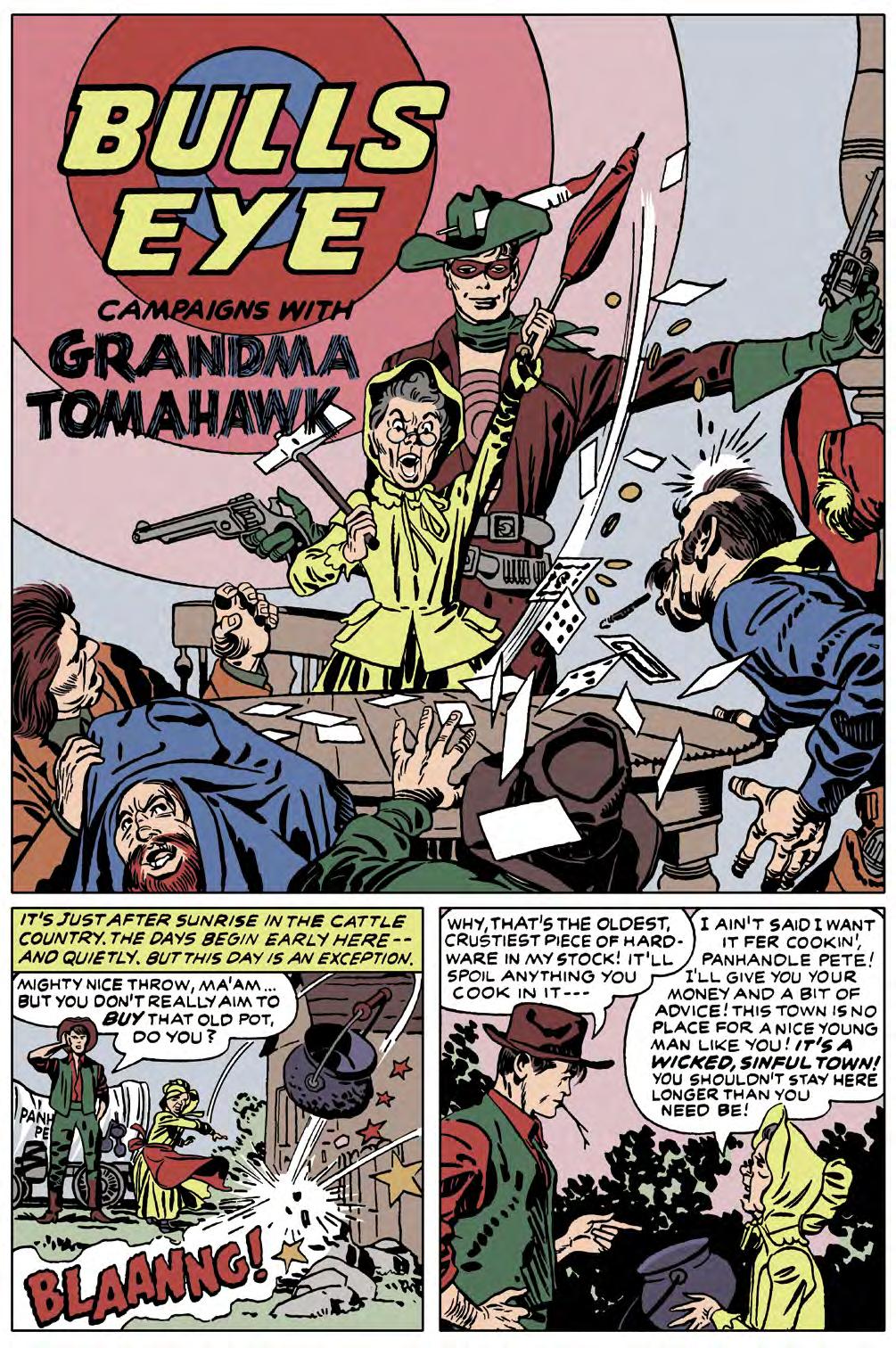



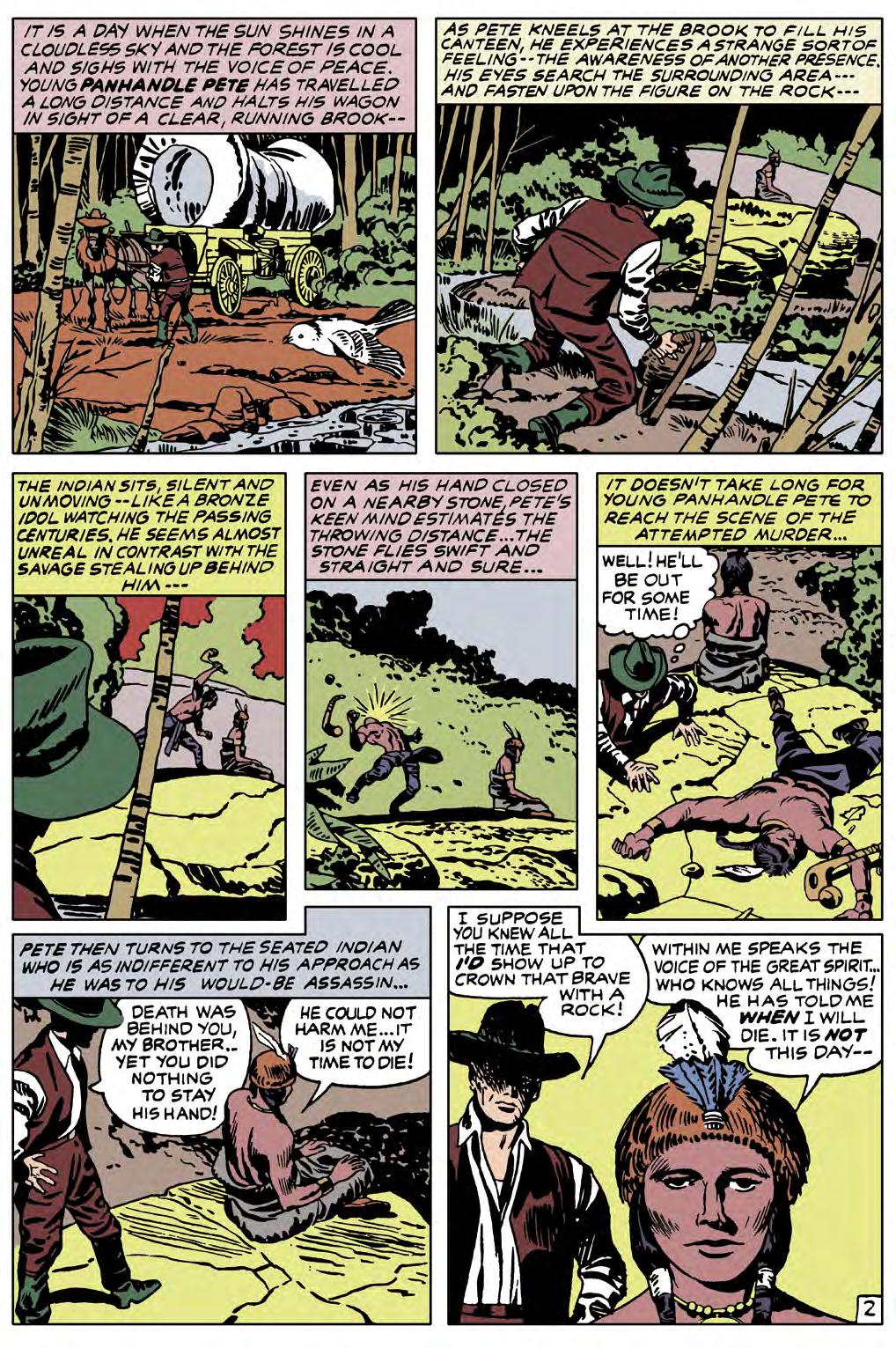




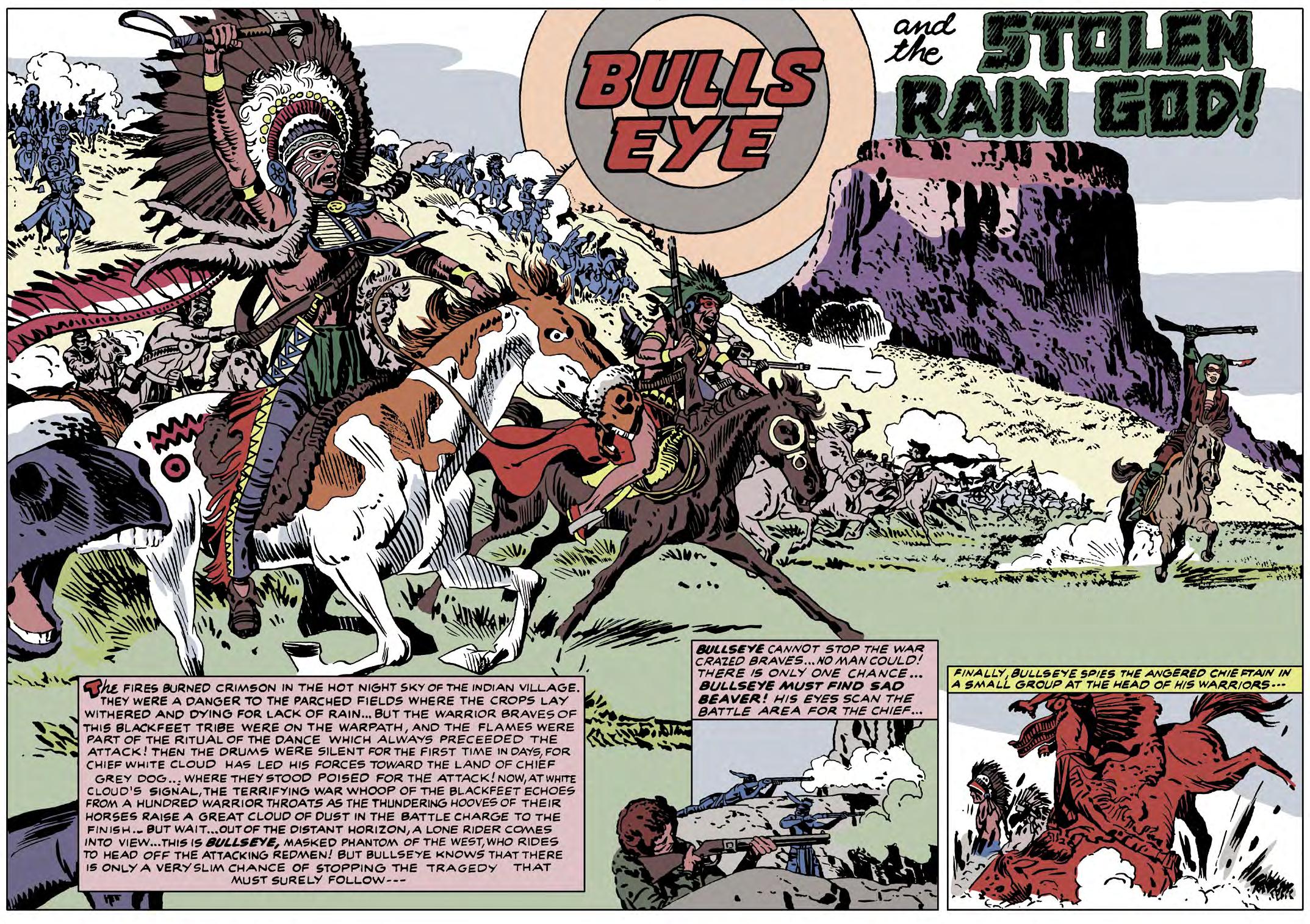


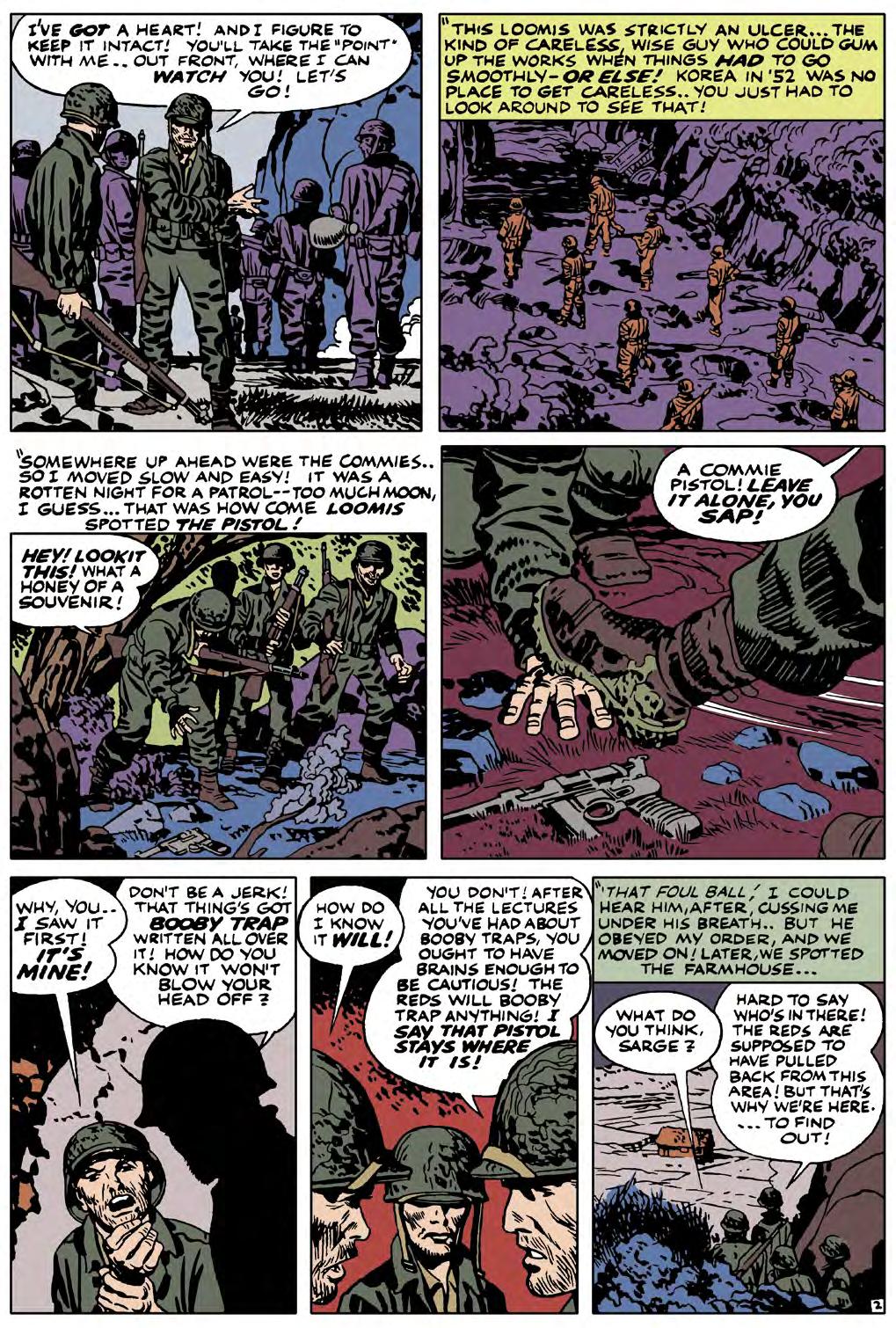

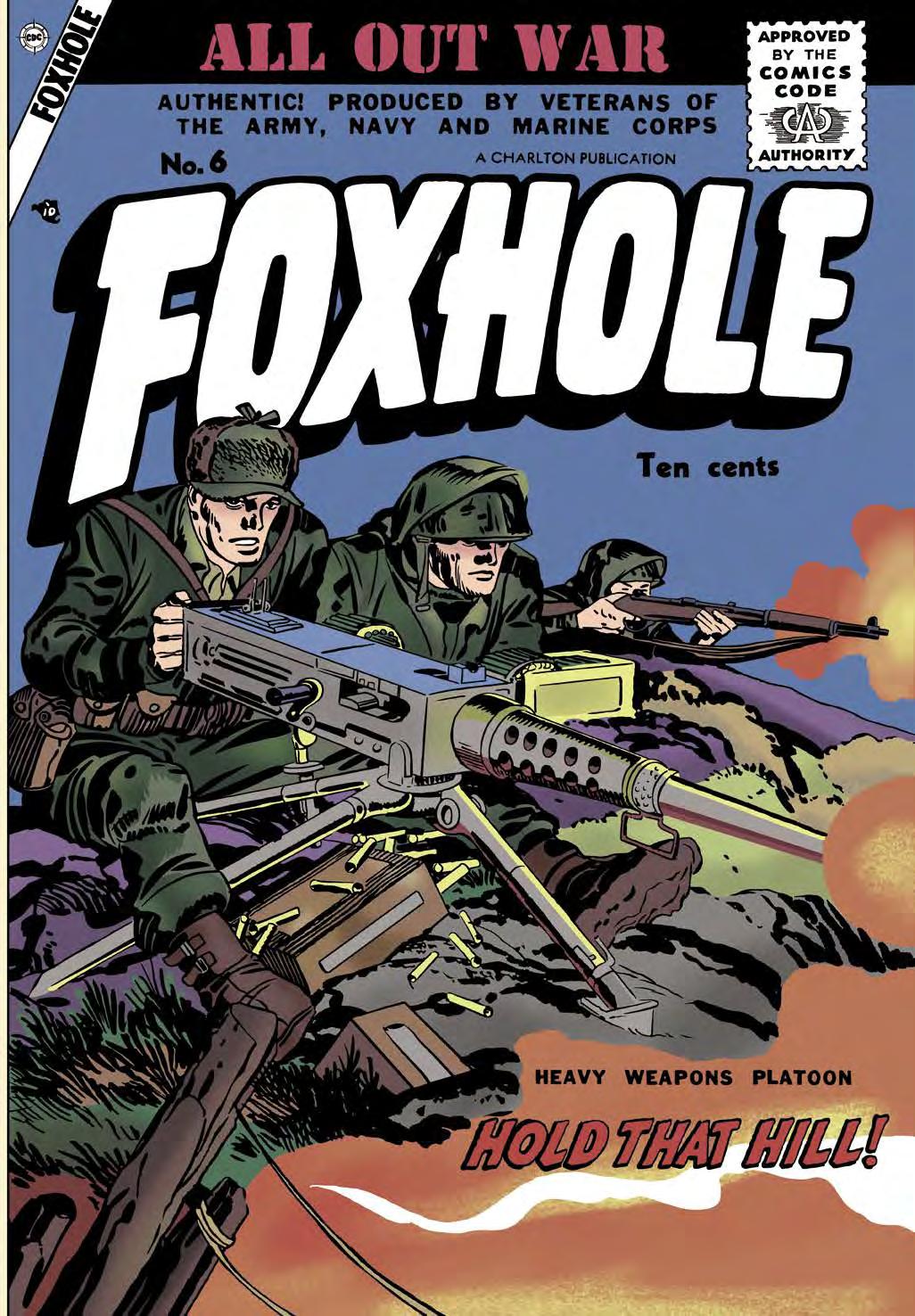



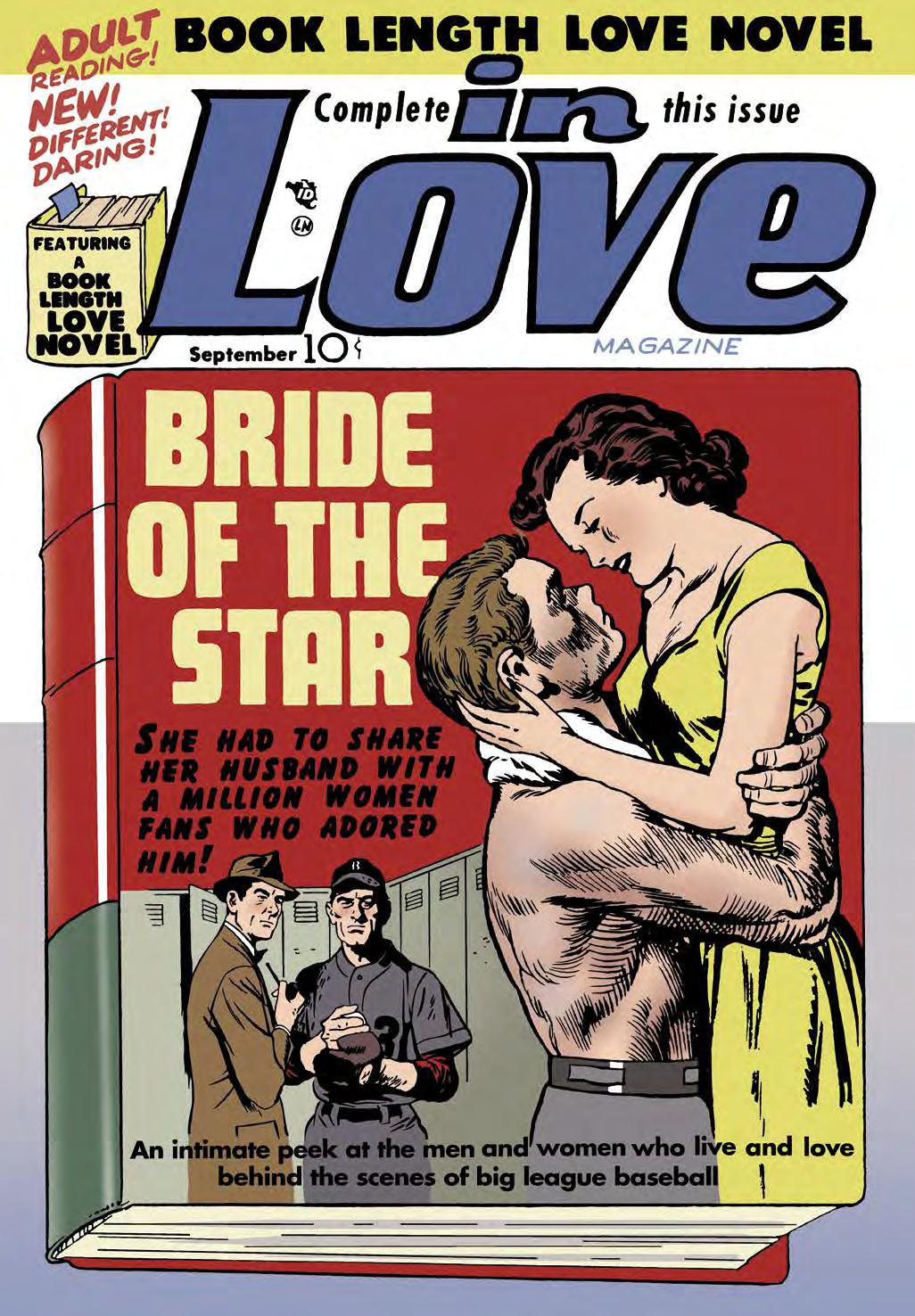
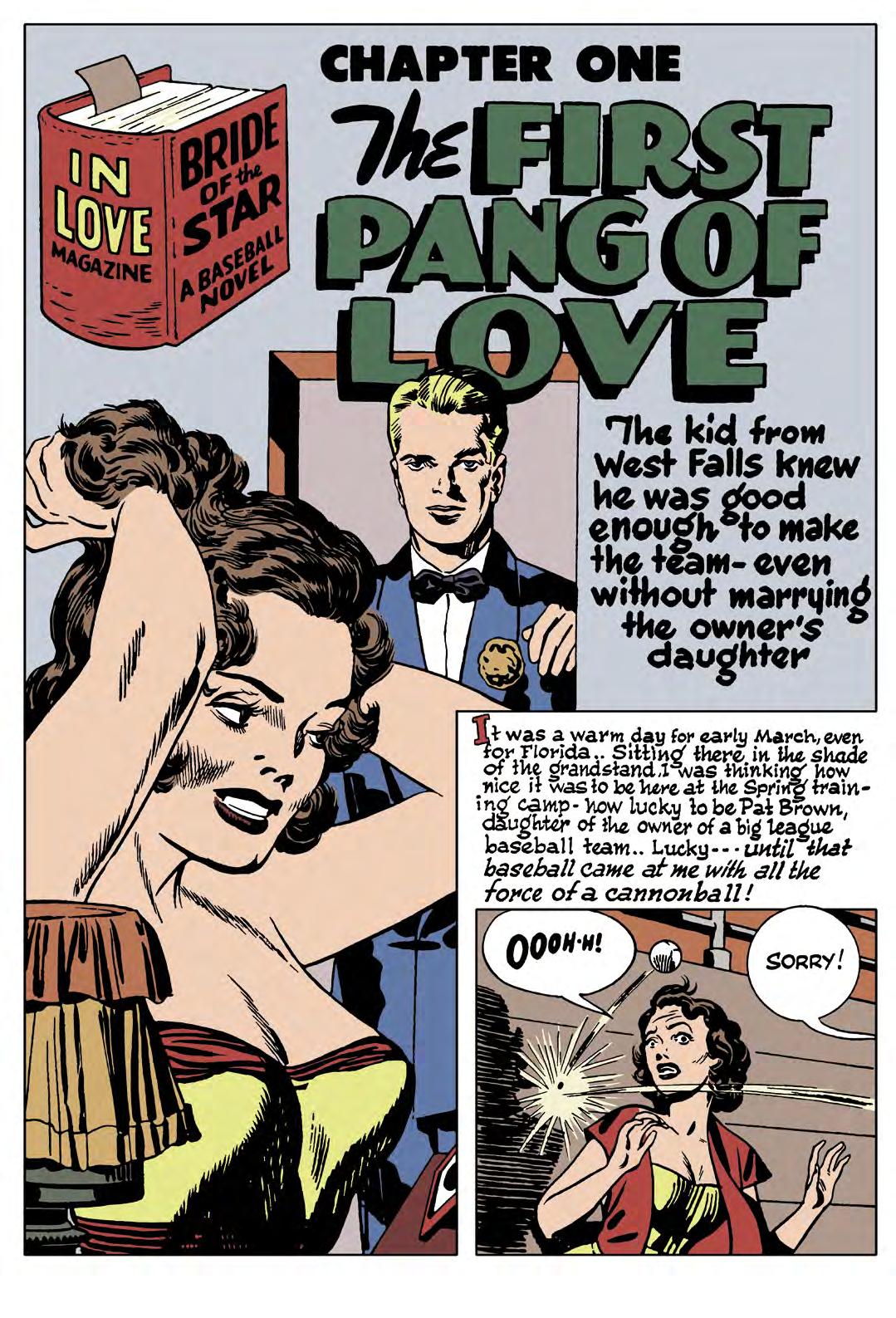

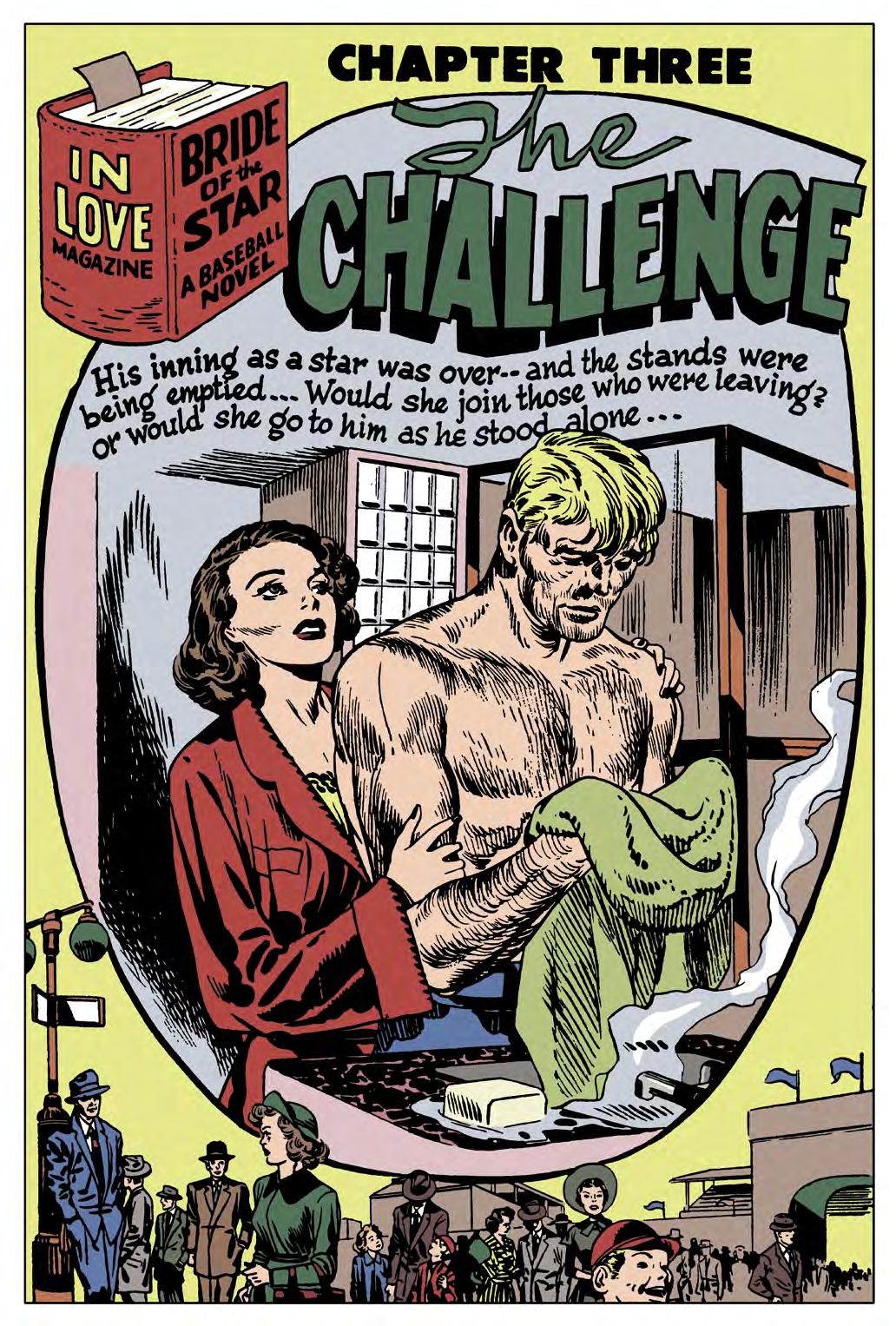



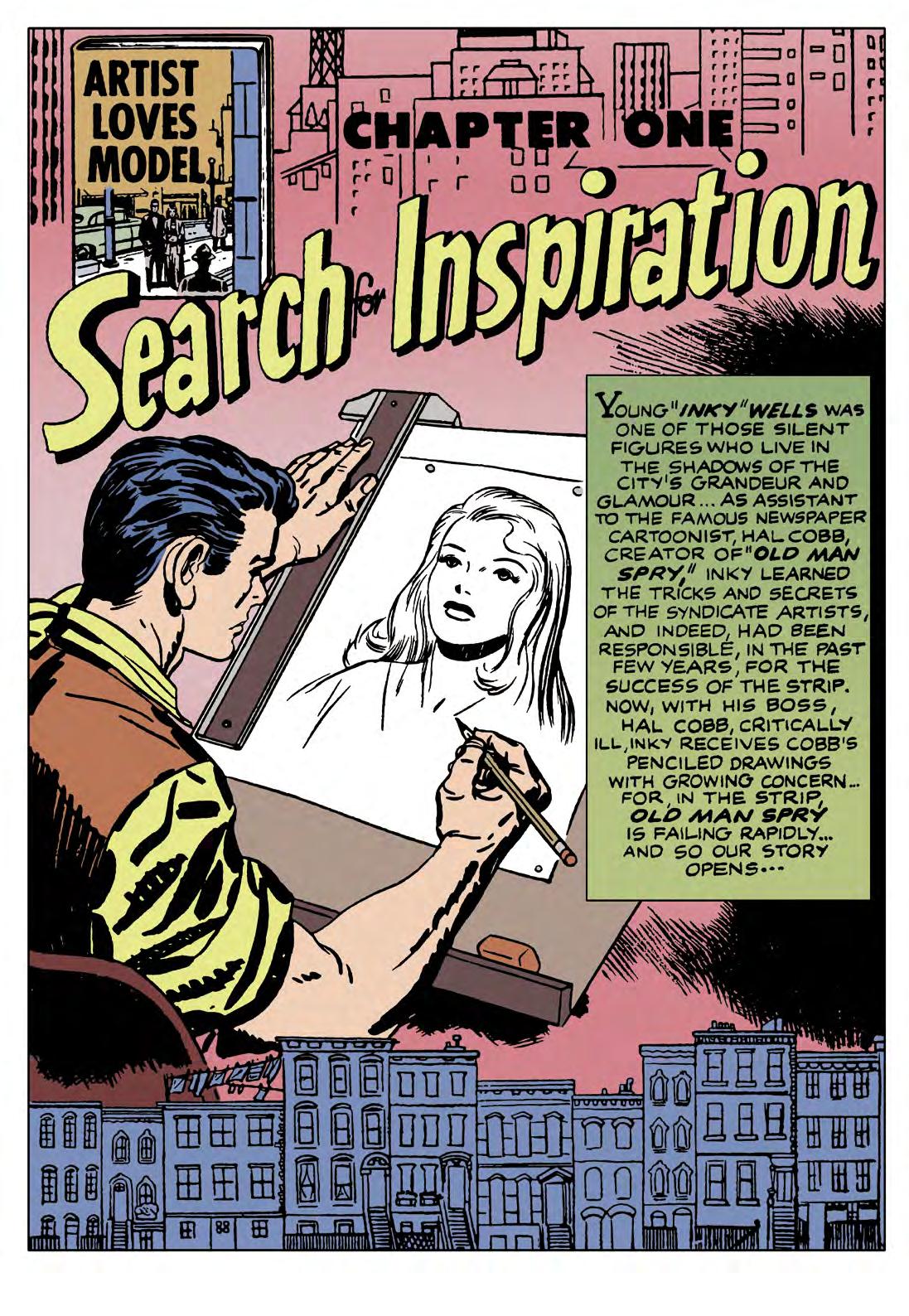
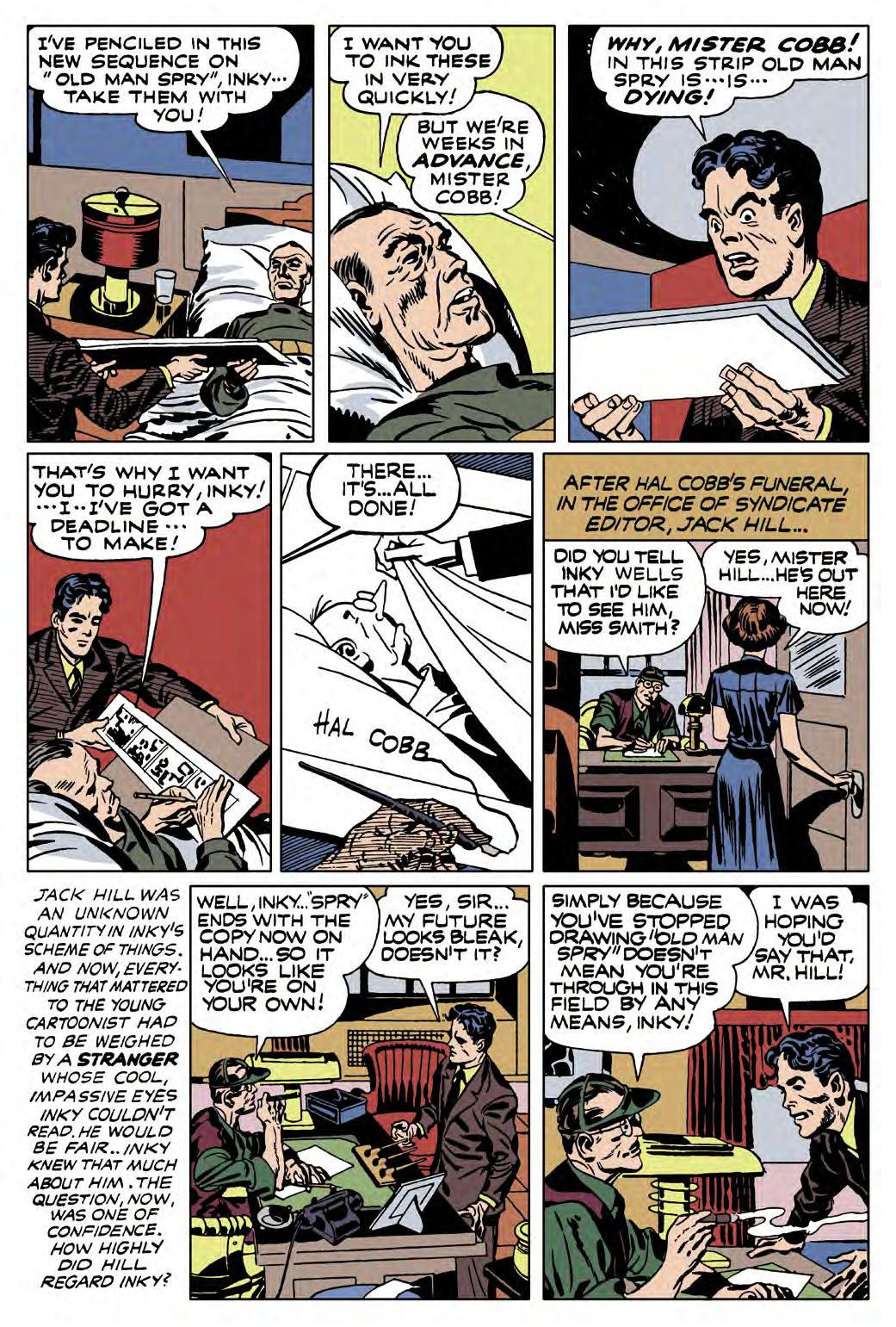


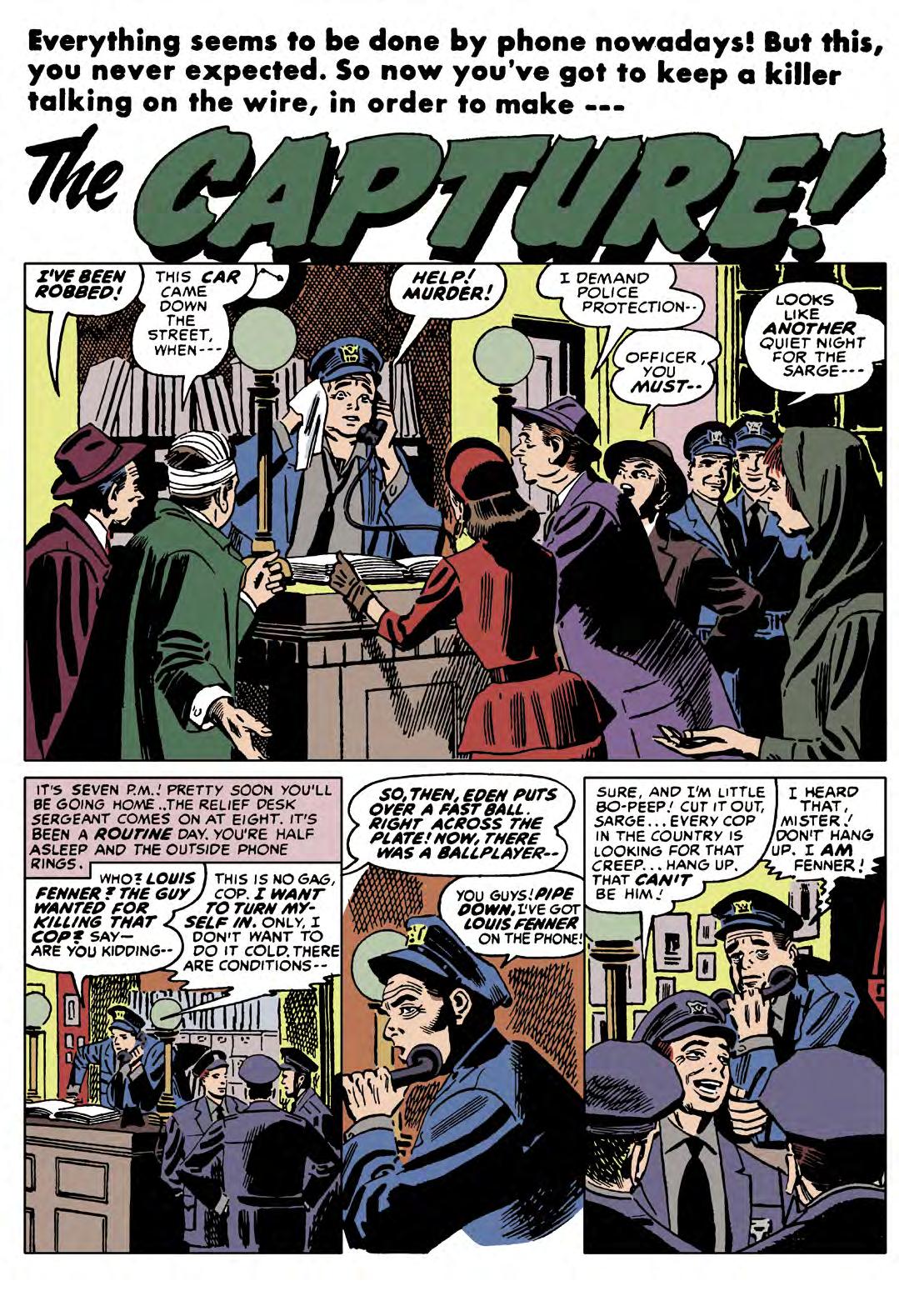

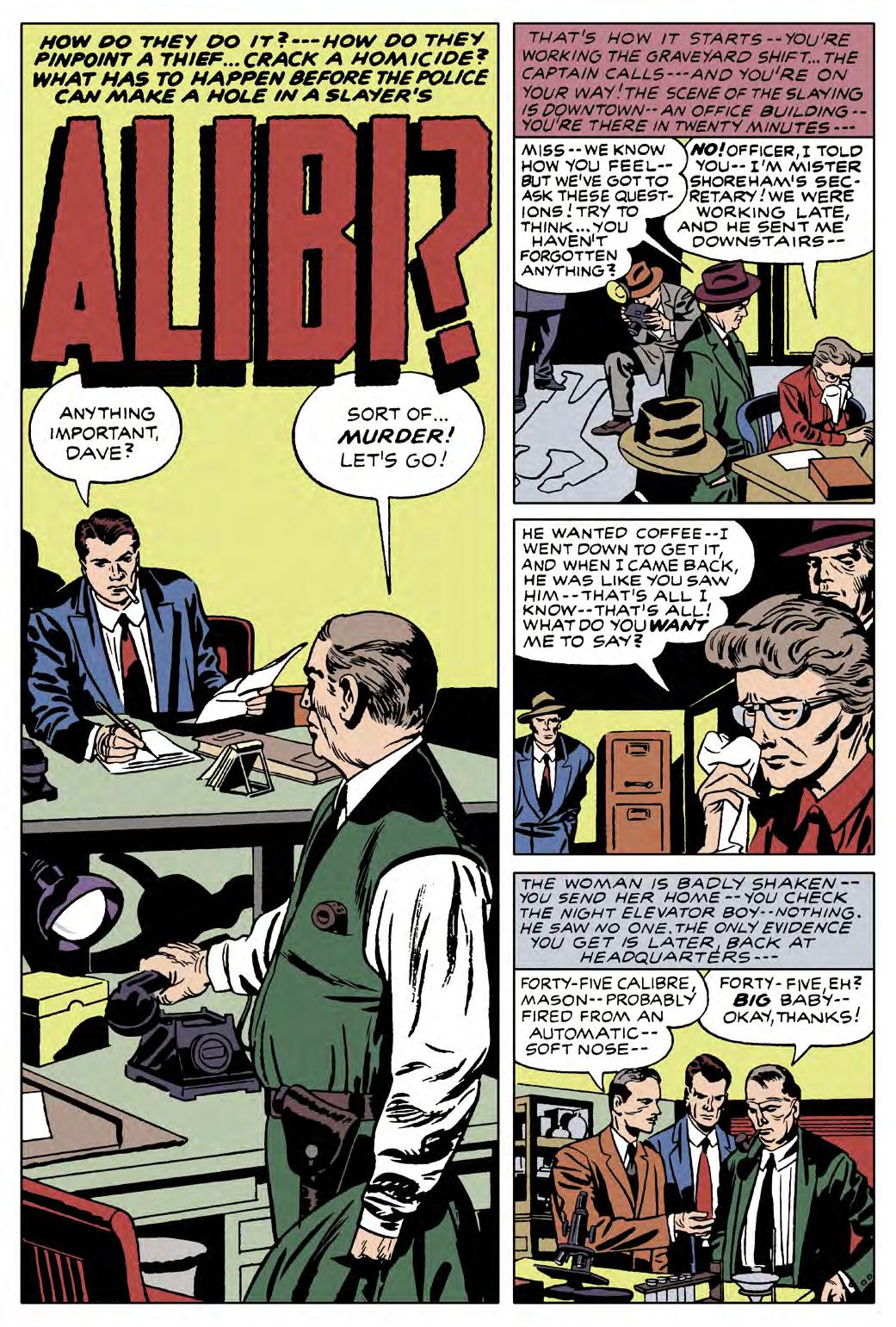






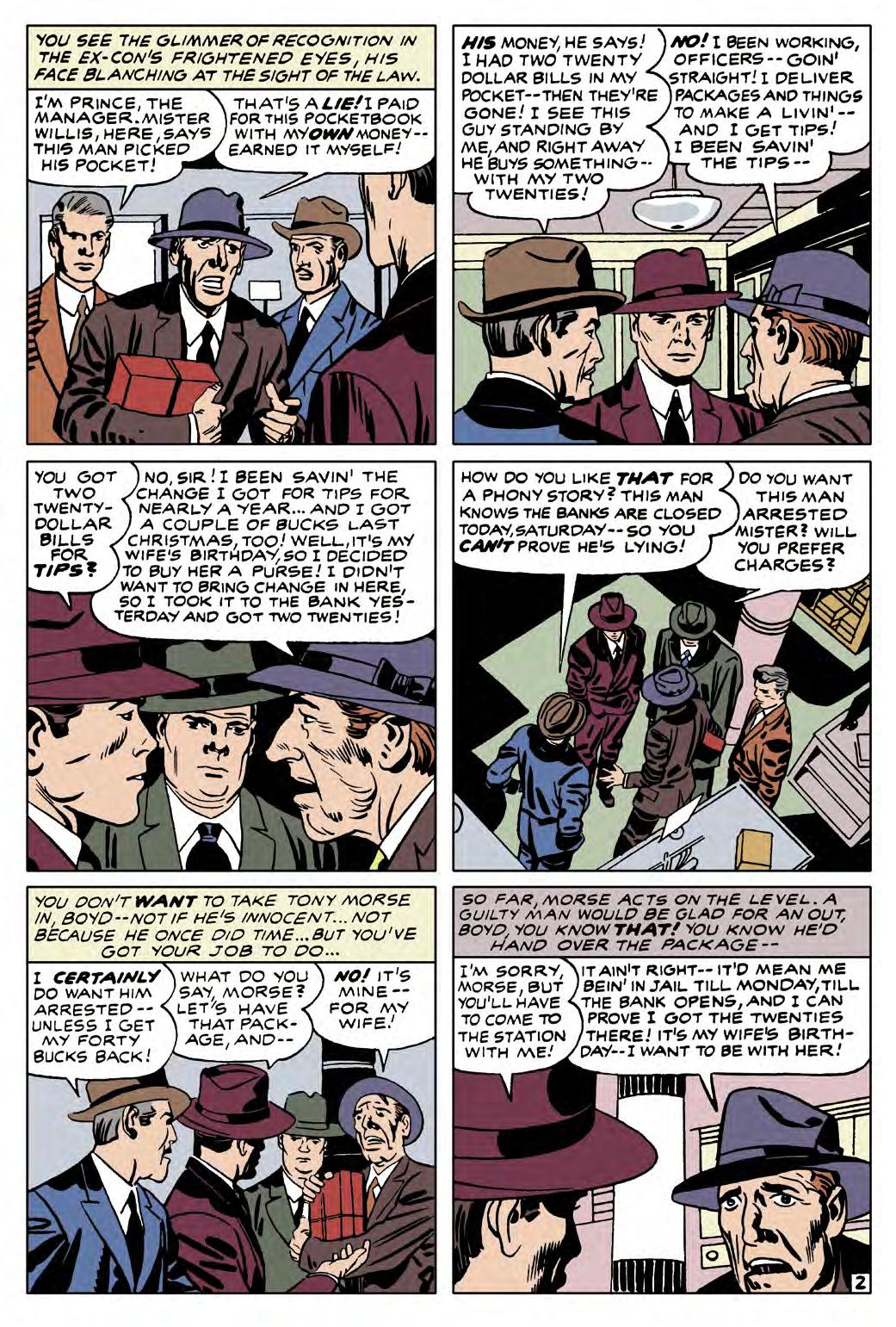

THE BEST OF SIMON & KIRBY’S
In 1954, industry legends JOE SIMON and JACK KIRBY founded MAINLINE PUBLICATIONS to publish their own comics during that turbulent era in comics history. The four titles—BULLSEYE, FOXHOLE, POLICE TRAP, and IN LOVE—looked to build off their reputation as hit makers in the Western, War, Crime, and Romance genres, but the 1950s backlash against comics killed any chance at success, and Mainline closed its doors just two years later. For the first time, TwoMorrows Publishing is compiling the best of Simon & Kirby’s Mainline comics work, including all of the stories with S&K art, as well as key tales with contributions by MORT MESKIN and others. After the company’s dissolution, their partnership ended with Simon leaving comics for advertising, and Kirby taking unused Mainline concepts to both DC and Marvel. This collection bridges the gap between Simon & Kirby’s peak with their 1950s romance comics, and the lows that led to Kirby’s resurgence with CHALLENGERS OF THE UNKNOWN and the early MARVEL UNIVERSE. With loving art restoration by CHRIS FAMA, and an historical overview by JOHN MORROW to put it all into perspective, the BEST OF SIMON & KIRBY’S MAINLINE COMICS presents some of the final, and finest, work Joe and Jack ever produced


(256-page COLOR HARDCOVER) $49.95 • (Digital Edition) $15.99 • ISBN: 978-1-60549-118-9
https://twomorrows.com/index.php?main_page=product_info&cPath=95_94&products_id=1709